Manila, the bustling capital of the Philippines, serves as the heart of the nation’s economy, culture, and history. With its vibrant mix of modernity and tradition, Manila offers a unique experience that captivates travelers and residents alike. This article explores essential aspects of Manila, providing insights into its economy, transportation, culinary delights, security, and much
Manila, the bustling capital of the Philippines, serves as the heart of the nation’s economy, culture, and history. With its vibrant mix of modernity and tradition, Manila offers a unique experience that captivates travelers and residents alike. This article explores essential aspects of Manila, providing insights into its economy, transportation, culinary delights, security, and much more. Whether you’re planning a visit or considering a longer stay, here’s everything you need to know about Manila.
Economy
Manila’s economy is a robust blend of commerce, industry, and services. It hosts the country’s largest port and is the economic and political center, contributing significantly to the Philippines’ GDP. The city is a hub for banking, retailing, and manufacturing, with numerous business districts like Makati and Ortigas Center leading in finance and commerce.
Transportation
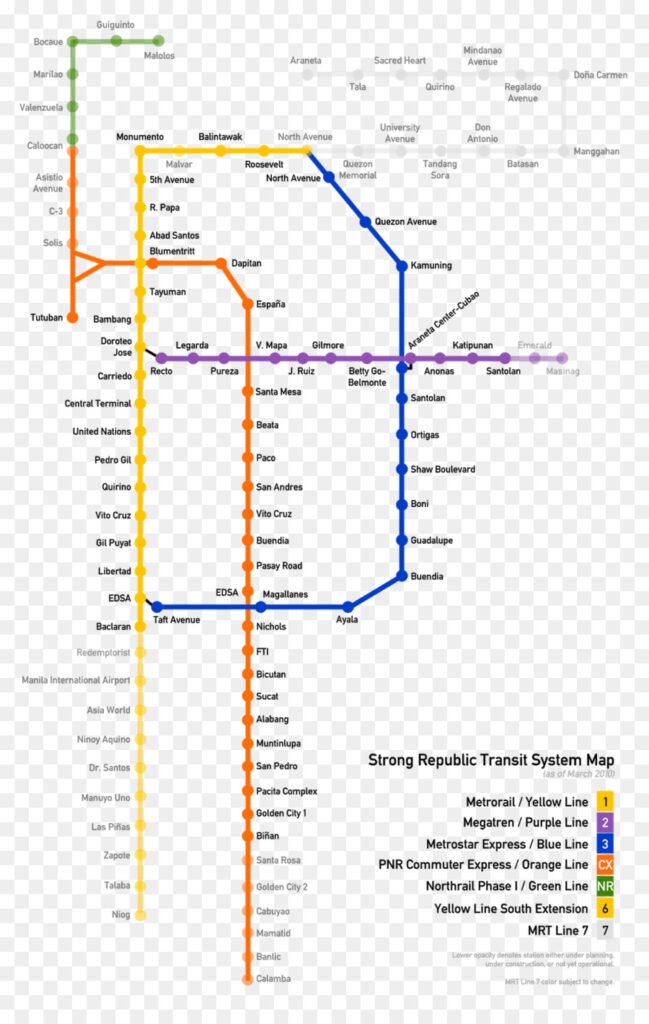
Navigating Manila is an adventure in itself, with various modes of transport available. The Light Rail Transit (LRT) and Metro Rail Transit (MRT) systems provide efficient routes across key areas. Jeepneys and tricycles offer more localized travel, while taxis and ride-sharing apps like Grab are convenient for door-to-door service. The upcoming Metro Manila Subway, expected to ease congestion significantly, is a development to look out for.
Food
Manila’s food scene is as diverse as its culture. Top 5 must-try dishes include:
- Adobo: A savory stew of meat marinated in vinegar, soy sauce, garlic, and spices.
- Sinigang: A sour soup made with tamarind, vegetables, and either pork, fish, or shrimp.
- Lechon: Roasted pig with crispy skin and tender meat, often served at celebrations.
- Halo-Halo: A refreshing dessert made with crushed ice, mixed beans, fruits, and topped with leche flan and ice cream.
- Balut: A daring delicacy of fertilized duck egg, eaten with a pinch of salt.
Security and Safety
Manila is continuously improving in terms of safety and security, with visible police presence and security measures in place across public areas and tourist spots. However, visitors are advised to remain vigilant, especially in crowded places, and to follow local advisories.
Travel Guides from Los Angeles, Incheon, and Tokyo
- From Los Angeles: Direct flights are available from Los Angeles International Airport (LAX) to Ninoy Aquino International Airport (NAIA) in Manila, typically lasting around 13-15 hours.
- From Incheon: Regular direct flights connect Incheon International Airport to Manila, with a travel time of approximately 4-5 hours.
- From Tokyo: Direct flights from Tokyo, both Narita and Haneda airports, to Manila take around 4-5 hours, operated by various airlines.
Weather in Manila
Manila experiences a tropical climate with a dry season from December to May and a wet season from June to November. The city is hot and humid throughout the year, with average temperatures ranging from 25°C to 32°C (77°F to 90°F).
Best Places to Stay
Manila offers a range of accommodations, from luxury hotels in Makati and Bonifacio Global City (BGC) to budget-friendly hostels in Malate and Ermita. Ortigas Center and Quezon City also provide good options for business travelers.
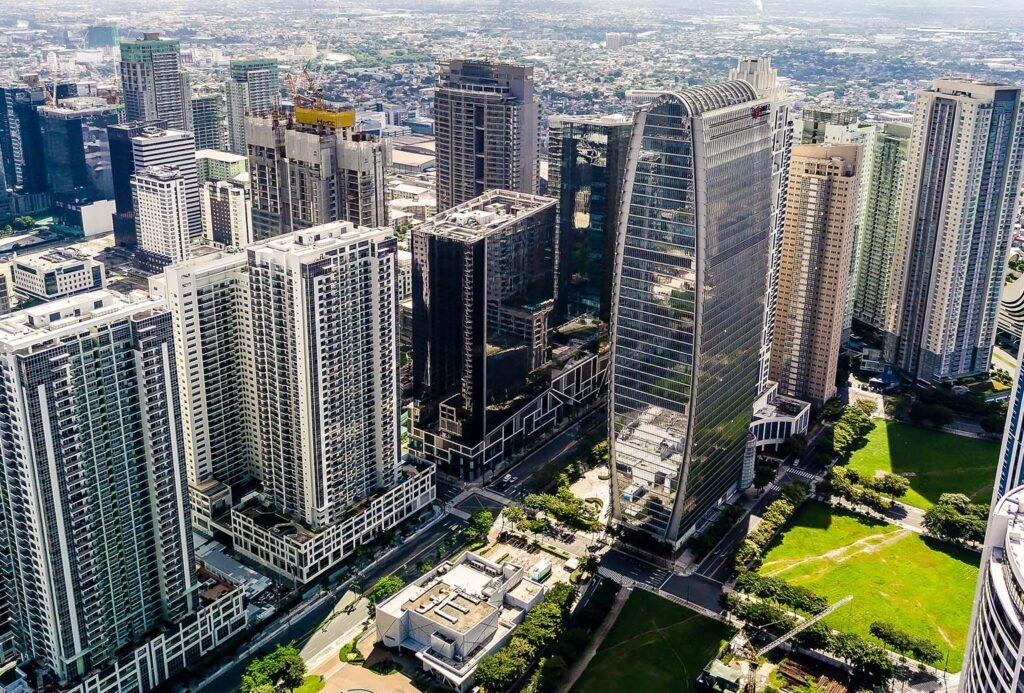
Bonifacio Global City (BGC)
BGC, a modern financial and lifestyle district in Taguig, is known for its upscale shopping centers, dining establishments, art installations, and green spaces. It’s a popular area for expats and young professionals, offering a blend of urban convenience and leisure.
Cost of Living
The cost of living in Manila varies widely depending on lifestyle choices and location. Generally, Manila is more affordable than Western cities but more expensive than other Southeast Asian capitals. Housing, food, and transportation are the primary expenses, with options available for every budget.
Working Environment
Manila’s working environment is dynamic, with opportunities in various sectors such as IT, BPO, finance, and services. The city is the primary workplace for both locals and expatriates, offering competitive salaries and a chance to experience Filipino corporate culture.
Religion
The Philippines is predominantly Catholic, and Manila is home to numerous historic churches and religious festivals. The city’s religious landscape also includes Islam, Buddhism, and other faiths, reflecting its multicultural identity.

Manila, with its rich history, vibrant culture, and dynamic urban environment, offers a fascinating experience for visitors and residents. Understanding the city’s economy, navigating its transportation, savoring its food, and knowing the best places to stay can enhance your Manila journey. As the city evolves, it remains a testament to the resilience and warmth of the Filipino spirit.



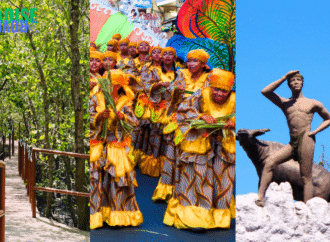
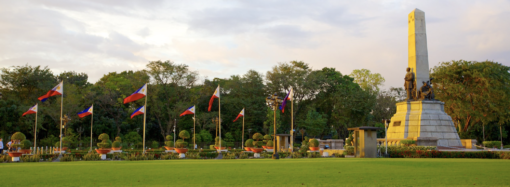

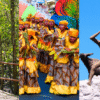
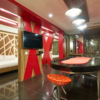



Leave a Comment
Your email address will not be published. Required fields are marked with *